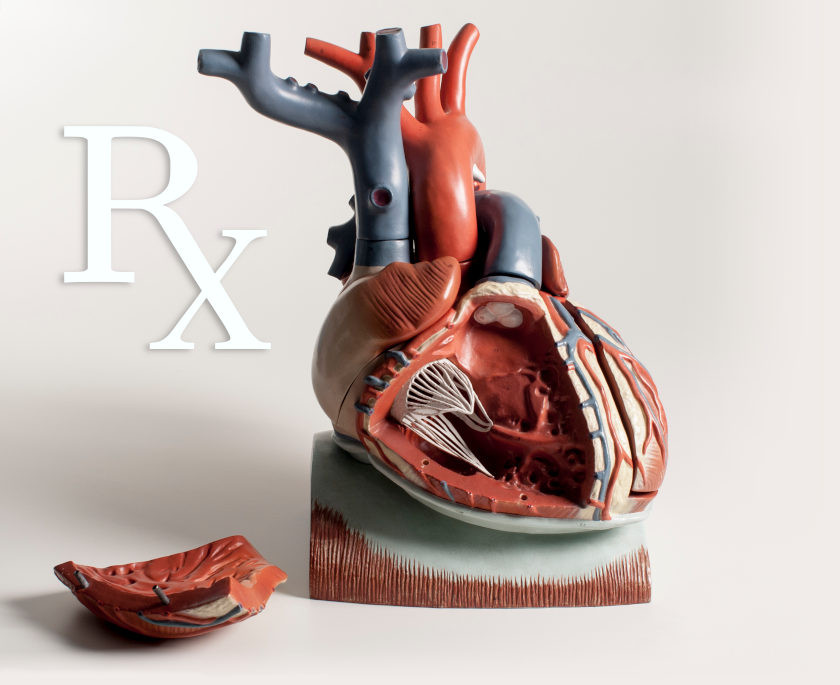Summary of Drug Classes Used in the Treatment of Arrhythmias
The following table summarizes which antiarrhythmic drugs can be used to treat different arrhythmias. The information was derived primarily from UpToDate on 9/6/22. It is important to note that for a given condition, a particular drug may not be efficacious, and in fact, it may precipitate other arrhythmias or adverse cardiovascular effects (e.g., cardiac depression, hypotension). Therefore, drug efficacy and safety must be carefully evaluated and individualized to the patient when treating arrhythmias.
| Condition | Drug | Comments |
| Sinus or atrial tachycardia | Class II; IV (non-DHP); ivabradine | Treat underlying cause if identified |
| Atrial fibrillation/flutter | Class IA, IC, II, III, IV (non-DHP); digoxin | Ventricular rate control is an important goal; anticoagulation is required |
| Supraventricular tachycardia | Class IA, IC, II, III, IV (non-DHP); adenosine; magnesium sulfate | |
| AV block | atropine | Acute reversal only |
| Ventricular tachycardia | Class IA, IB, II, III, IV (non-DHP) | |
| Premature ventricular complexes | Class ID, II, IV (non-DHP); magnesium sulfate | PVCs are often benign and do not require treatment |
Revised 11/29/2023

 Cardiovascular Physiology Concepts, 3rd edition textbook, Published by Wolters Kluwer (2021)
Cardiovascular Physiology Concepts, 3rd edition textbook, Published by Wolters Kluwer (2021) Normal and Abnormal Blood Pressure, published by Richard E. Klabunde (2013)
Normal and Abnormal Blood Pressure, published by Richard E. Klabunde (2013)